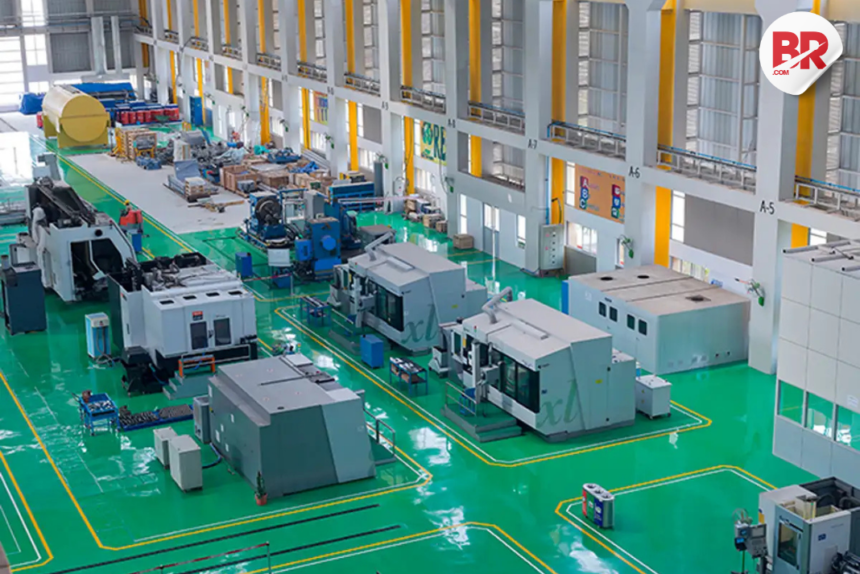
Triveni Engineering shares jumped 9% after the company posted a 14% year-on-year rise in Q4 profit to ₹183 crore. Revenue from operations (excluding excise duty) grew by 25.12%, reaching ₹1,629.29 crore for the quarter ending March 31, 2025.
This strong financial performance comes despite challenges in its core sugar business. For the average investor or consumer, this means Triveni’s diversified model—across sugar, alcohol, power transmission, and water—is paying off. When one leg stumbles, the others sprint.

Let’s break it down.
The alcohol (distillery) business led from the front, with a whopping 38.1% revenue growth to ₹451.55 crore. Production and sales also shot up nearly 30% and 39%, respectively. This means more ethanol on the road—and perhaps, fewer emissions in the air.
Power transmission was another bright spot. Revenue rose 58.3% YoY to ₹139.59 crore, with a record order book of ₹389.4 crore. In a country constantly fighting infrastructure gaps, this kind of momentum is more than just numbers—it’s national capacity-building.
Meanwhile, the water business reported a 41.76% surge in revenue. Its massive ₹1,600.8 crore order book suggests Triveni is getting more skin in the clean water game—a silent but vital service that often goes underappreciated.
Also Read LIC Shares Jump 3% on Mixed Q4: Time to Buy, Hold, or Sell?
Now, here’s where things get tricky. The sugar business grew only 16.29%, and EBITDA margins slipped slightly to 19.5% from 20.1% last year. Blame it on climate chaos.
Unseasonal rain and pests hit sugarcane yields, especially in Uttar Pradesh. The company’s response? A high-stakes varietal substitution strategy and tighter crop surveillance.
It’s agritech meets damage control. And yes, the fight against red rot disease is as real as it sounds.
In the distillery space, profits were hit due to low-margin maize runs and lower ethanol volumes.
But Triveni’s flexibility in switching between grain types—maize, SFG, DFG—could prove a key differentiator moving forward. Their bet on ethanol aligns with India’s ethanol-blending policy, expected to reach 20% by 2025-26, as confirmed by the Ministry of Petroleum.
Add to this: the company is pushing global gears. With expansion underway, its power transmission unit aims to scale to ₹700 crore capacity by 2026.
A proposed merger with SSEL and a demerger of the power unit are in the pipeline—moves aimed at unlocking even more value for shareholders.
Oh, and there’s a ₹2.50/share dividend on the table, too. Not a windfall, but it’s steady reassurance.
Triveni Engineering is no longer just a sugar mill story. It’s an industrial survival tale—one where agility beats adversity.
Also Read Belrise Industries Shares Open Strong at ₹100: Buy, Sell or Just Hold Tight?












